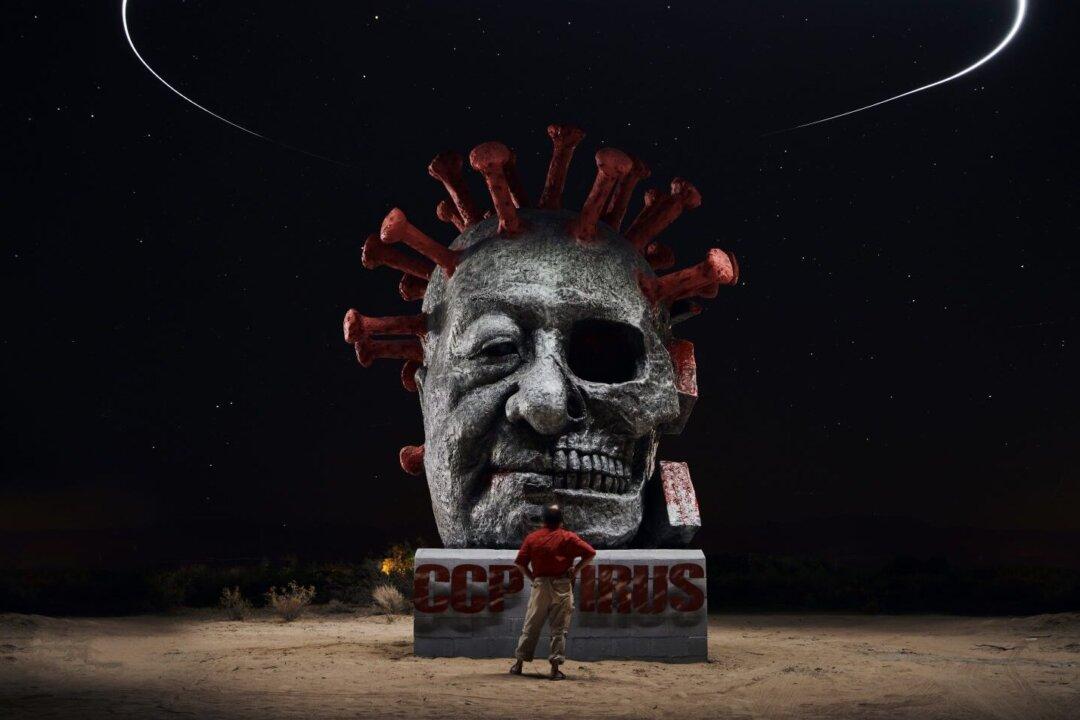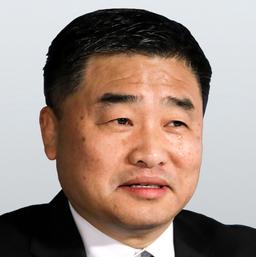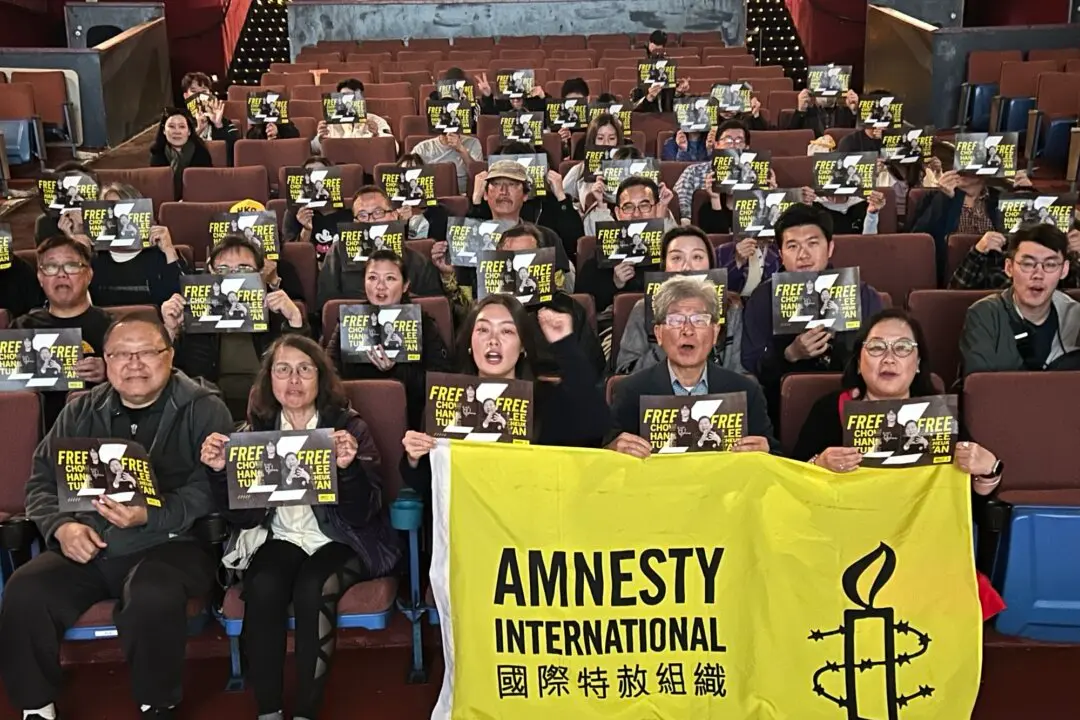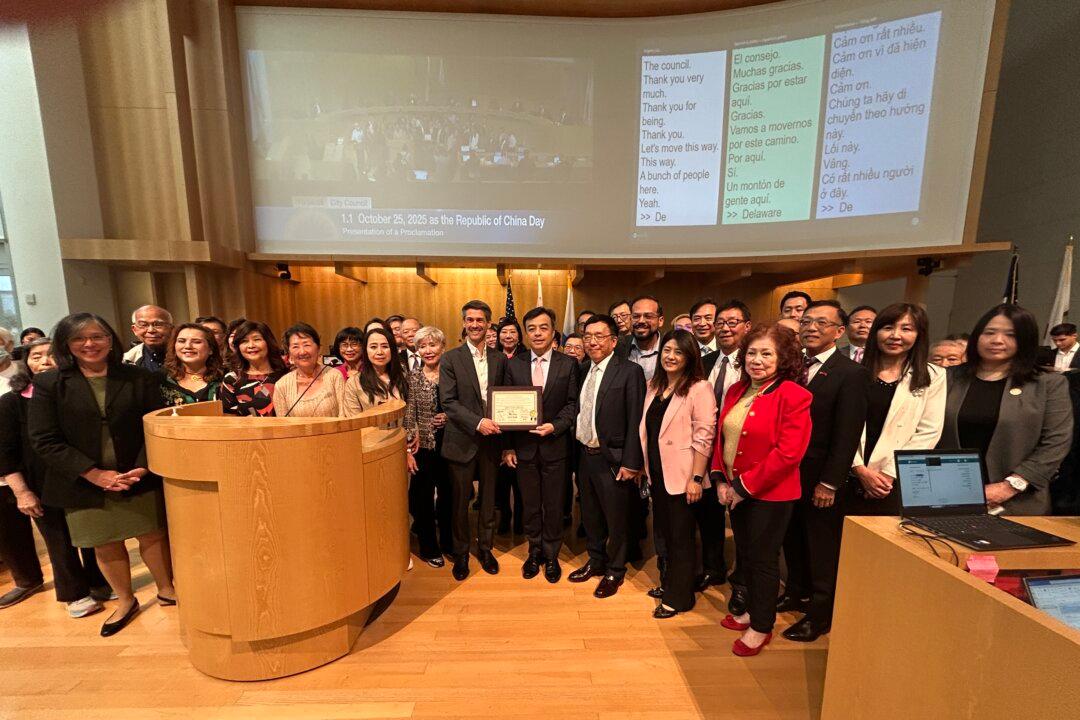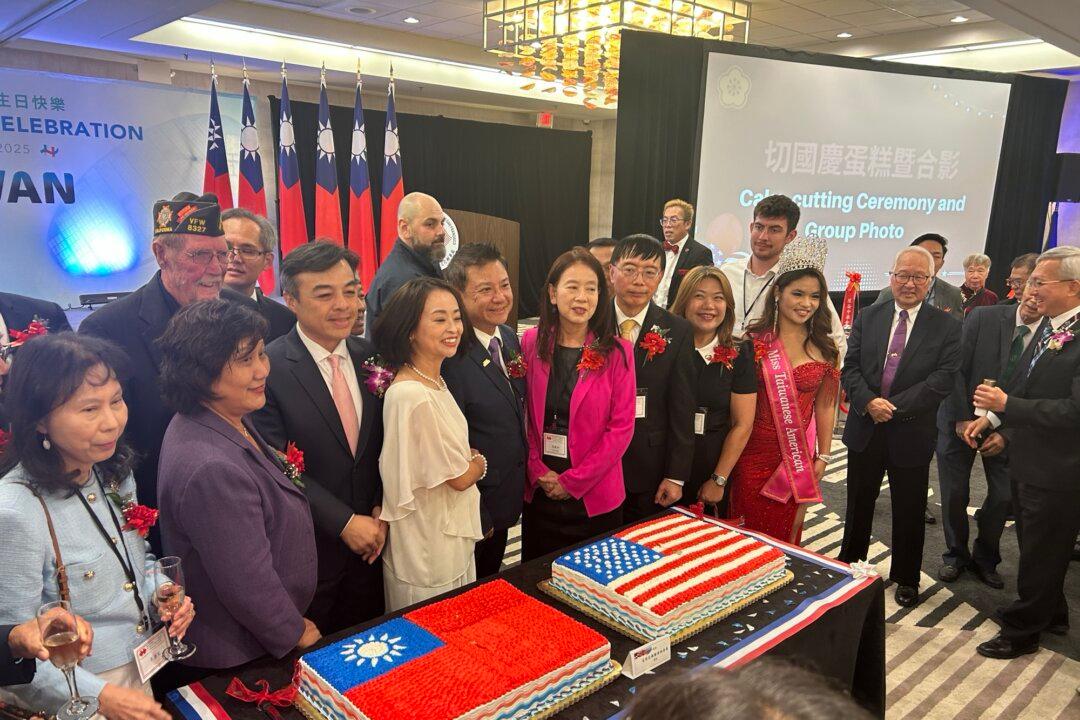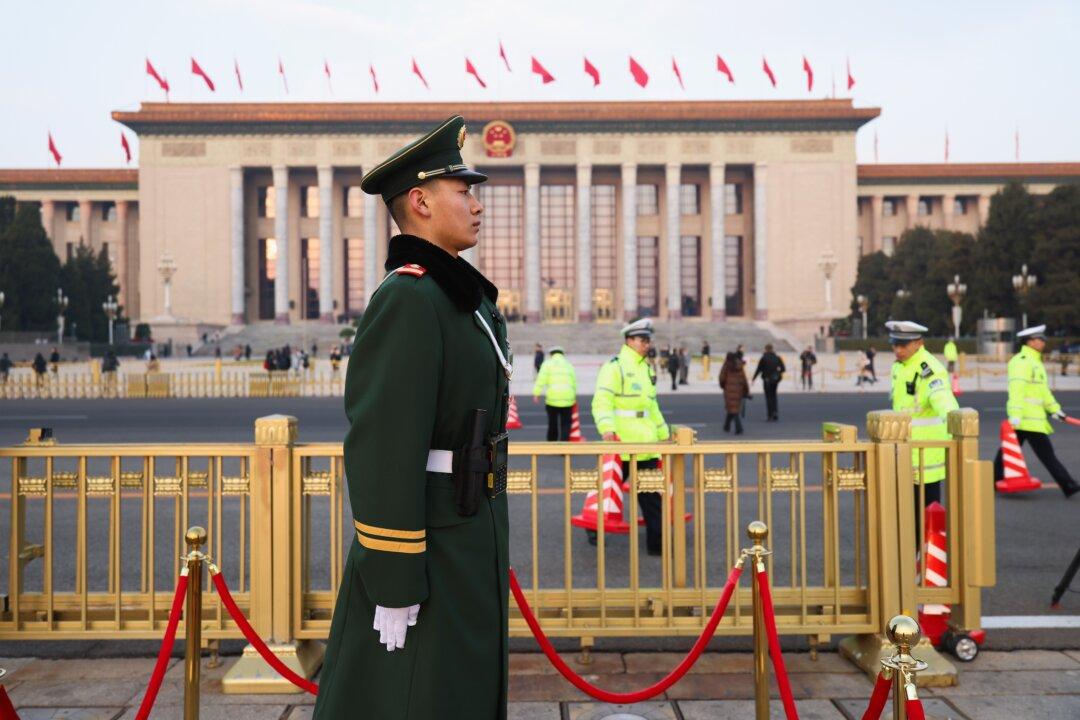Earlier this year, the FBI pressed charges against agents of the Chinese government who were involved in an arson case in California. While the case is still in court, a recent interview by The Epoch Times with a victim revealed details of the Chinese secret police’s special operation.
Yermo is an unincorporated community in San Bernardino County in the California’s Mojave Desert. Highway 15 runs east-west through the area. On the south side of the highway lies Liberty Sculpture Park, where the arson attack happened in July 2021. The fire is alleged to have been started by a Chinese secret police agent.
